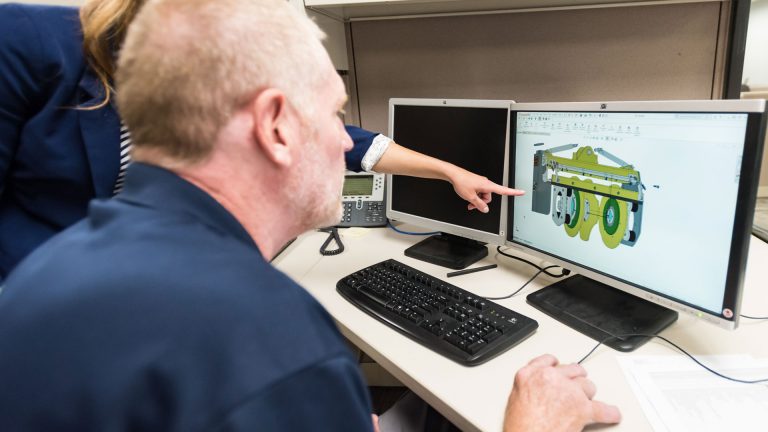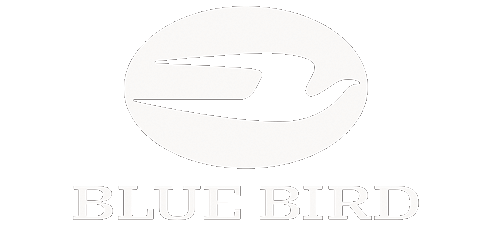We have all been there before. Out of no where, the boss walks in one day and (after a bit of small talk) drops a bomb on you. “John, we need an owner’s manual for that new 43’ center console and we think you’re the perfect person for that project”. After a brief period of frustration (you already have responsibility for the vendor selections, production drawings and BOMs) you may think so how am I going to get that done?
Where to Start
If you already have an existing owner’s manual (OM) for another boat, start there. You may be able to use much of the information for the new manual. Next step is to get your hands on ABYC T-24 Owner’s Manual TIR. This report lists recommended coverage that can be used to verify the existing OM or, used as a content outlining tool for a new OM.
Tips to Help Create the Owner’s Manual
Now you’re ready to do the preliminary work:
- Define the scope of coverage as early as possible. Determine if the OM will cover a single model, a model series, a family, or all boats.
- Define the audience using the OM. Are they first-time buyers new to boating or long-time owners working their way up your product line?
- Always start with an outline. The outline is your roadmap and a good one will keep you on course.
- Familiarize yourself with online resources. There’s a plethora of online resources and we recommend starting with these:
- S. Coast Guard www.uscgboating.org/
- NASBLA https://www.nasbla.org/
- Boat U.S. Foundation boatus.org/boating-safety/
- Know if the manual will be used for boats exported to other countries. For CE Marketing countries, you’ll need the Recreational Craft Directive; for other countries, ISO 10240 Owner’s Manual Standard for recreational craft is commonly accepted. If you are a member of ABYC, they have several tools that can help. CE countries require an owner’s manual by law and there are several unique requirements.
- Creating an OM is no small job! Be sure that the project owner has the right skillset – writing or managing the deliverable. Many projects fail with the wrong person onboard.
- Surf your direct competitors and gather like-model OM examples. In general, the smaller the builder the better the OM. Download several, but do not attempt to evaluate the manuals online.
- Review the downloaded manuals and take note of your likes and dislikes for each. You should now be able to narrow your selection to two to three manuals. Print those manuals for reference and mark the “good” information. You’ll start to see trends and best practices.
- Now it’s time to define the content in your manual. A good place to start is with ABYC T-24 Owner’s Manual TIR. This report contains suggested content coverage for all boat types and can be used as an organizational reference as well.
- Start a Content Outline by pulling the appropriate topics from T-24 and the competitor’s manuals. I recommend the following depth:
CHAPTER / SECTION
Main Heading
1st Level Sub-Heading
I would not recommend going any further than the 1st sub-heading unless it is absolutely necessary. This outline can be shared for high-level scope of coverage and can also be used to estimate hours of work and number of pages for each topic. Further levels will be added during the writing phase.
- Next, determine which topics require supporting illustrations; some will need to be created and others can simply refer to a supplied drawing such as Bilge System. Your major component vendors are an excellent source of graphic ideas.
- You now have enough information to estimate the amount of work for each component; writing, illustrating and publishing. Writing will take approximately 1.5 hours per page on the average not including research time. Illustrations will average 2.0 hours each and publishing about 6 – 7 pages an hour including proofreading.
- Create a Schedule with milestone dates and try to stick to it. The “need” date varies but it is often associated to the new model year introduction between June 1st and August 31st. Work back from the need date, allow at least four weeks for printing and delivery of manuals and allow at least 12 weeks for writing, review and publishing. If the manual will be reviewed by an attorney, this step will add 8 weeks or more to the schedule, but it is in the company’s best interest and worth the time. Plan ahead!
With these suggestions, you can make an informed decision whether it’s possible to do the project in-house or contract one or more of the components, or the entire job to an outside agency. If your budget is tight, you may be able to tap Engineering for the illustrations and Marketing for publishing. If you prefer to look at the outside, you have an excellent package for an accurate quote!


































